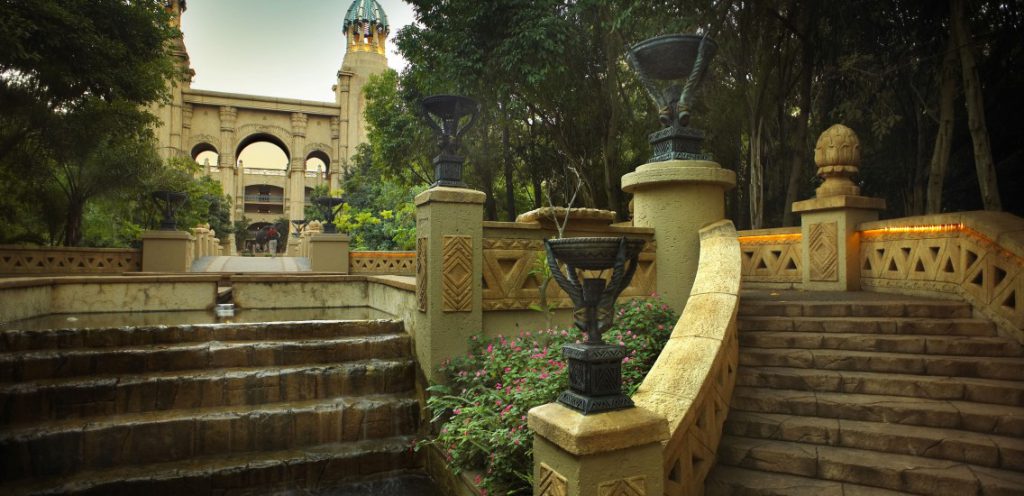Draw on the past – why the history of architecture is important to its future
“Those who fail to learn from history are doomed to repeat it”.
Winston Churchill cleverly rephrased George Santayana when he made this wise comment. While he was trying to avert a war, the sentiment is just as relevant to the war of art.
It’s important that we learn from the past – both what worked, and what didn’t. Millennia of engineering and architecture provide a rich databank of useful inspiration.
Preserve the past
Here are some original ways to get in touch with the architectural innovation that has shaped our world so far, and draw powerful influences to guide your own thinking:
- If your town or city has a building preservation society, why not donate some of your time to them? Societies like these always need help tracking down, cataloguing, and categorising the buildings that have stood the test of time around the city. These beautiful old buildings can tell us so much – not just from their structure and finishes, but in the history to which they hold the key. It’s an adventure waiting just for you!
- In a similar vein, you could identify your favourite old buildings and campaign to have them added to the register of old buildings in your area.
- What could be even more interesting is to start a building restoration project. There are so many advantages to this that it’s difficult to know where to start.
- You can find out more about the building from the inside out.
- You can learn the techniques used to create the space as you take apart and recreate them.
- What’s more, you get the opportunity to collaborate with a group of like-minded, talented creatives in a space that really appeals to you.
- Alternatively, you could take a guided walking tour of your city’s historical landmarks. If your city doesn’t already have such a tour, why not launch one?
Study the classics
A couple of our favourite inspirations from classical architecture include:
- Benoit Challand’s Roost House, designed as a homage to two of the most famous houses by modernist architect Le Corbusier. This design was also heavily influenced by the sculptural art of Santiago Calatrava, a well-known Spanish architect featured in our recent look at finding inspiration for your work [link to article].
- Architectural Digest’s round up of 2016’s Classicists features beautiful, timeless pieces by architecture legends like Ferguson & Shamamian Architects, GP Schafer, Ike Kligerman Barkley, and Peter Pennoyer. Styles range from medieval cottage to Gatsbyesque grandeur – and everything in between. The emphasis is on creating a timeless quality that conveys both elegance and comfort – with a healthy dose of functionality thrown in for good measure.
In South Africa, our architects have created incredible testaments to the architecture of yesteryear, which continue to be a monument to their innovation.
Tshwane’s Union Buildings
South Africa’s capital is divided into three seats, with the executive branch of government making its home in Tshwane’s iconic Union Buildings. Designed in 1908 by Sir Herbert Baker, this stately edifice is arguably Baker’s greatest work. Using local materials, the Union Buildings were built from light sandstone. This was something of a disappointment to Baker, who had wanted to use imported granite. However, the 285m span of sandstone has certainly stood the test of time.
Interestingly, the clock chimes in the Union Buildings are identical to the chimes used in the Big Ben in London. The Union Buildings are genuine a South African amalgamation of influences and styles, incorporating Italian and English renaissance architecture, and elements of Cape Dutch architecture, such as fanlights and carved doorways.
The Palace of the Lost City
Nestling in a hidden valley in the heart of the Rustenburg foothills is this lavish monument to a bygone era. The world-class theme park boasts an Olympic-size swimming pool, an auditorium, and a 4600msq casino. The palatial design is reminiscent of ancient European and Asian palaces, with a touch of the tropical jungle kingdoms of South America.
Past & present
The past is a rich source of fuel for the imagination. Whether we’re drawing inspiration from the beautiful art of yesteryear, learning what works in great design, or simply taking note of mistakes that should never be repeated, the last ten or more millennia have a lot to offer the inquisitive architect.
What is your favourite architectural style? Which style(s) do you think could do with a revival? What do you think we should learn from and never repeat – ever again? Share your thoughts with us.






0 Comments